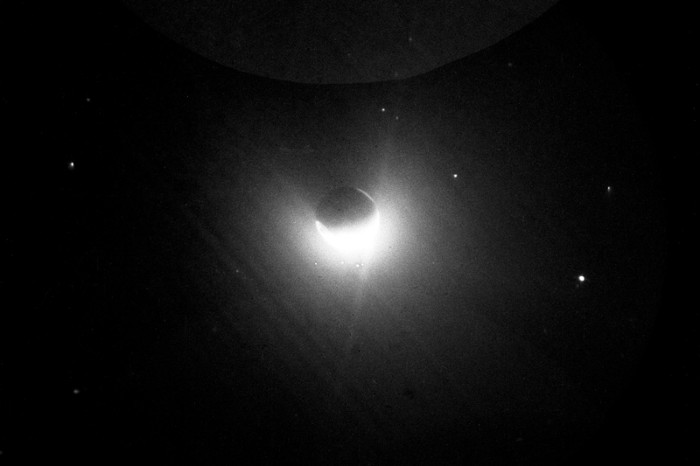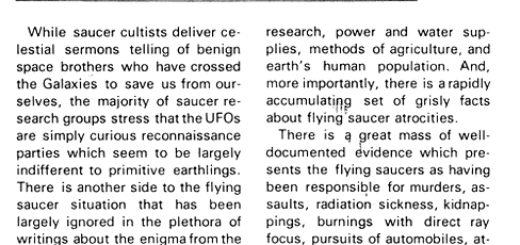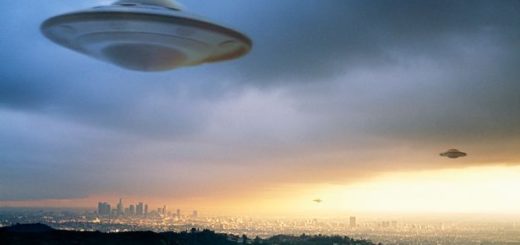Earth’s atmosphere swallows the Moon

Earth’s outermost atmosphere is so big that it engulfs the Moon.
A cloud of hydrogen atoms, known as the geocorona, makes up the distant reaches of the planet’s atmosphere. The geocorona’s full extent has long been a mystery, and Apollo astronauts captured a picture of it glowing in the Sun’s ultraviolet rays in 1972 without realizing that they were inside it.
Between 1996 and 1998, the newly operational Solar and Heliospheric Observatory (SOHO) gazed Earthwards and mapped the geocorona three times. The measurements made by SOHO’s sensitive detectors during this period show that the hydrogen cloud peters out about 630,000 kilometres from the planet — well beyond the distance at which the Moon orbits.
Researchers led by Igor Baliukin at the Space Research Institute of the Russian Academy of Sciences in Moscow made the discovery only recently while digging through the SOHO data archives. Astronomers should be aware of the geocorona’s ultraviolet glow and how it might affect observations from future space telescopes, says the team.



 Creators of mankind
Creators of mankind Description of “Tall white aliens”
Description of “Tall white aliens” Where they came from?
Where they came from? About hostile civilizations
About hostile civilizations The war for the Earth
The war for the Earth “Tall white aliens” about eternal life
“Tall white aliens” about eternal life Video: “Nordic aliens”
Video: “Nordic aliens” Aliens
Aliens Alien encounters
Alien encounters The aliens base
The aliens base UFO
UFO Technology UFO
Technology UFO Underground civilization
Underground civilization Ancient alien artifacts
Ancient alien artifacts Military and UFO
Military and UFO Mysteries and hypotheses
Mysteries and hypotheses Scientific facts
Scientific facts


















